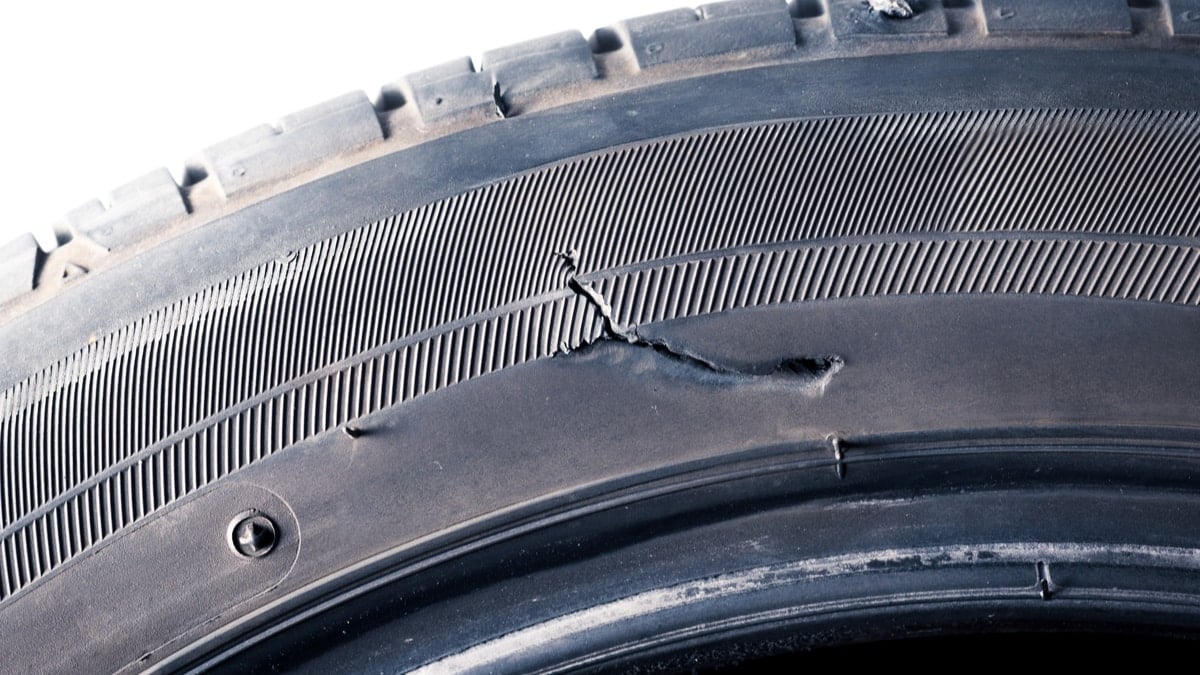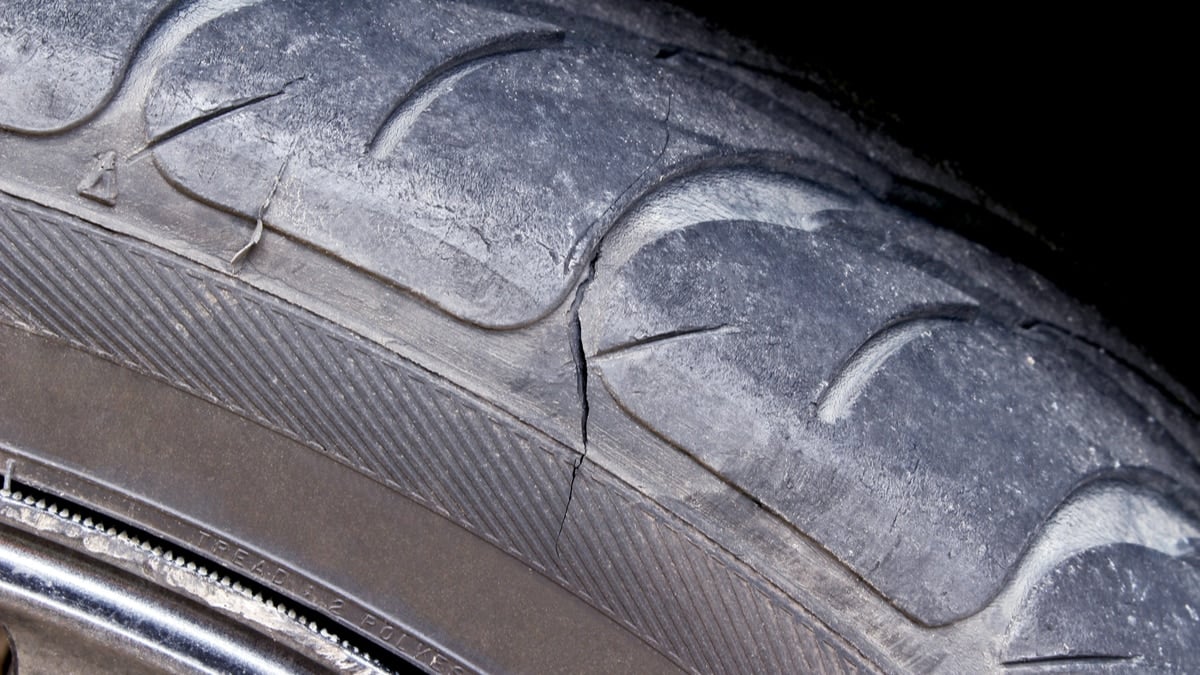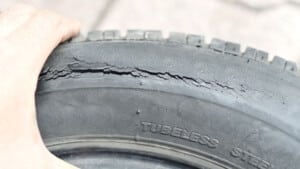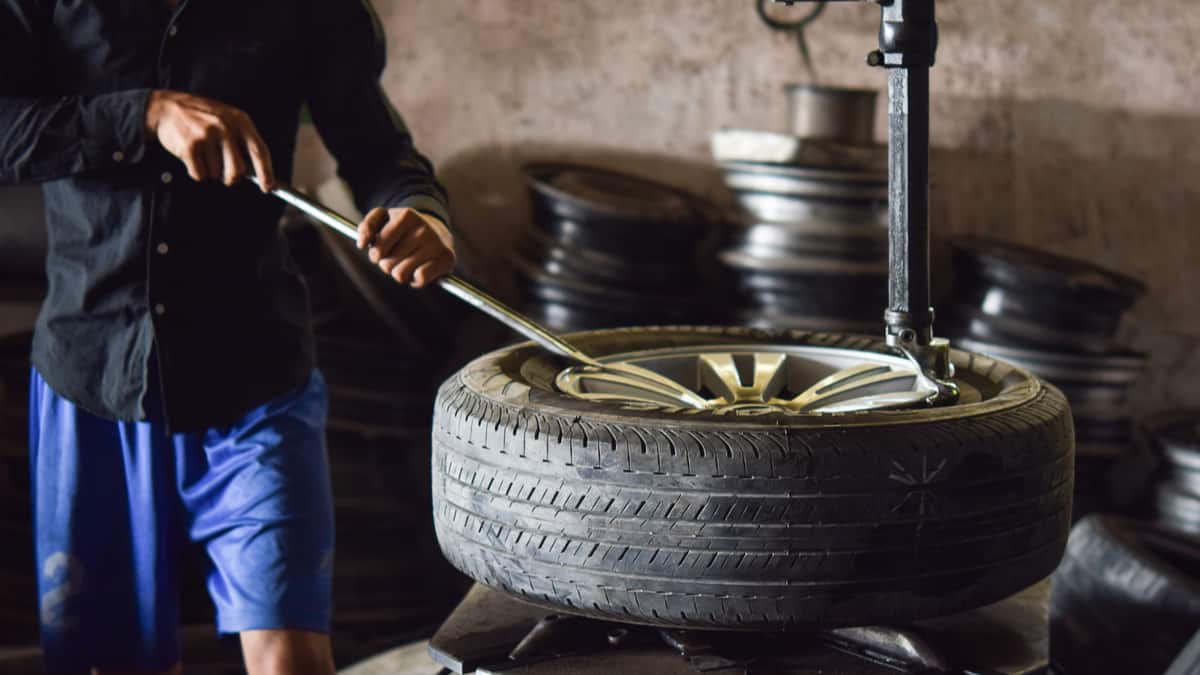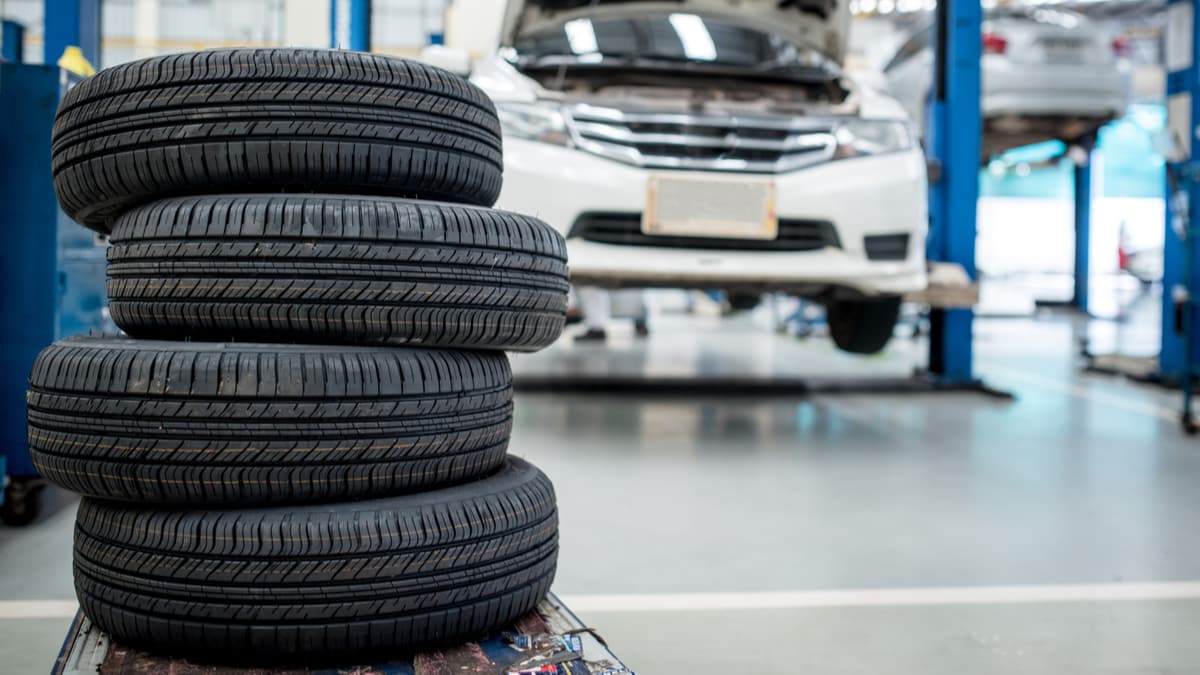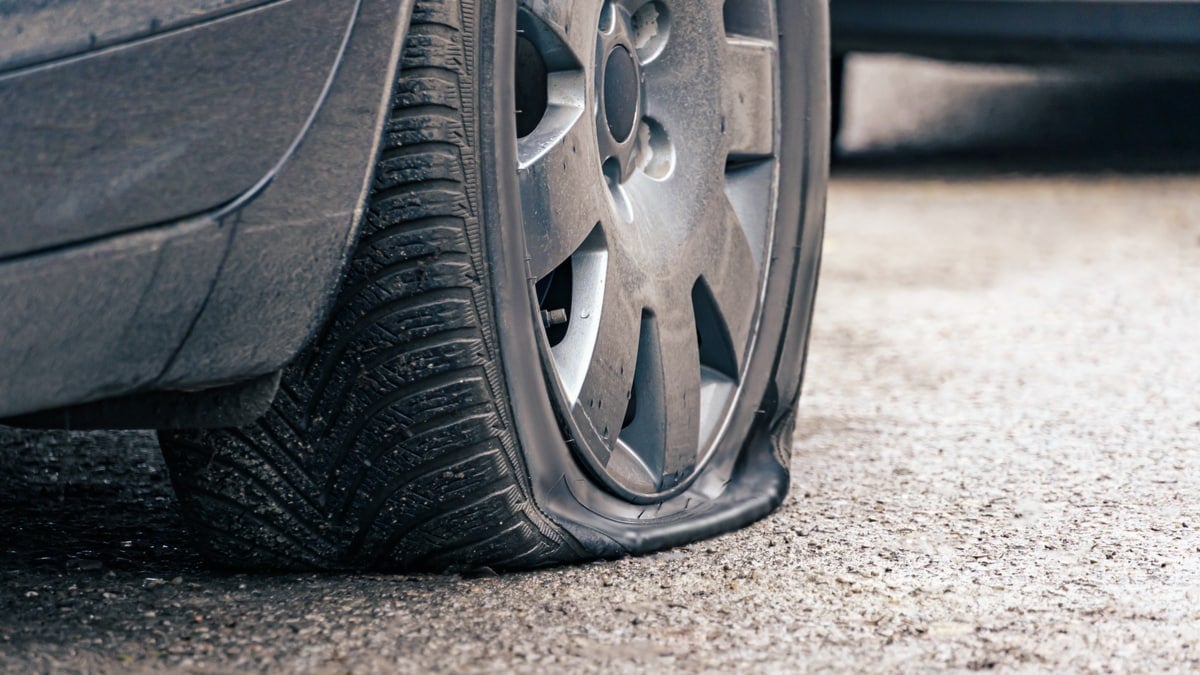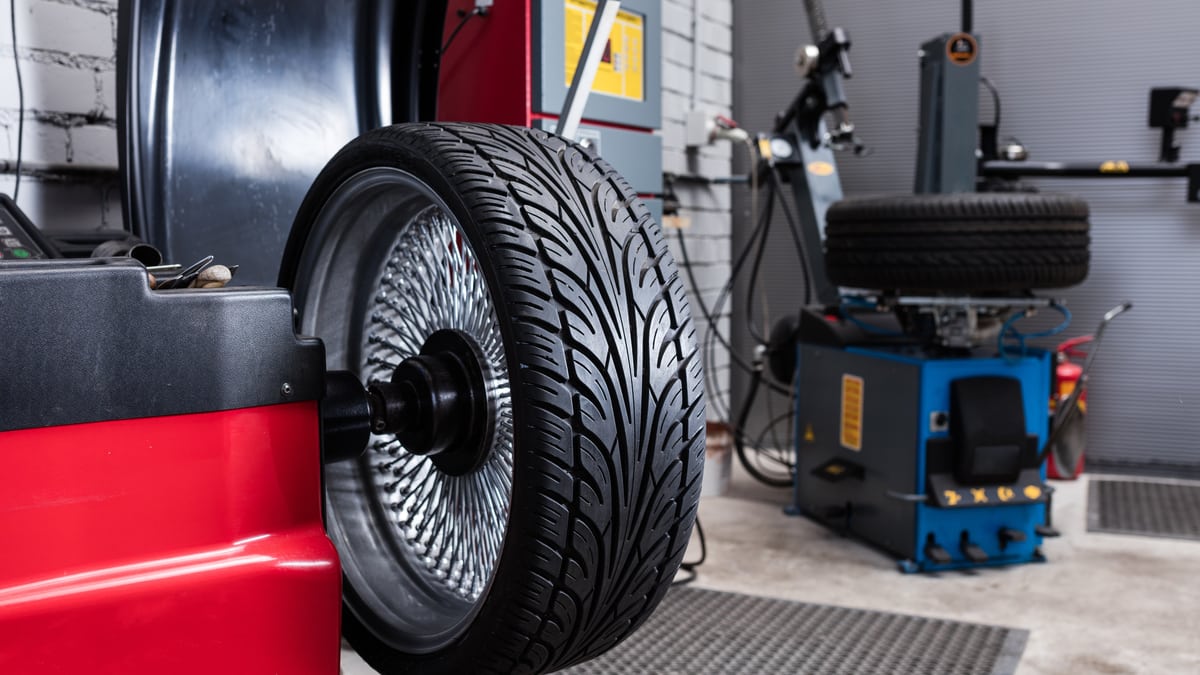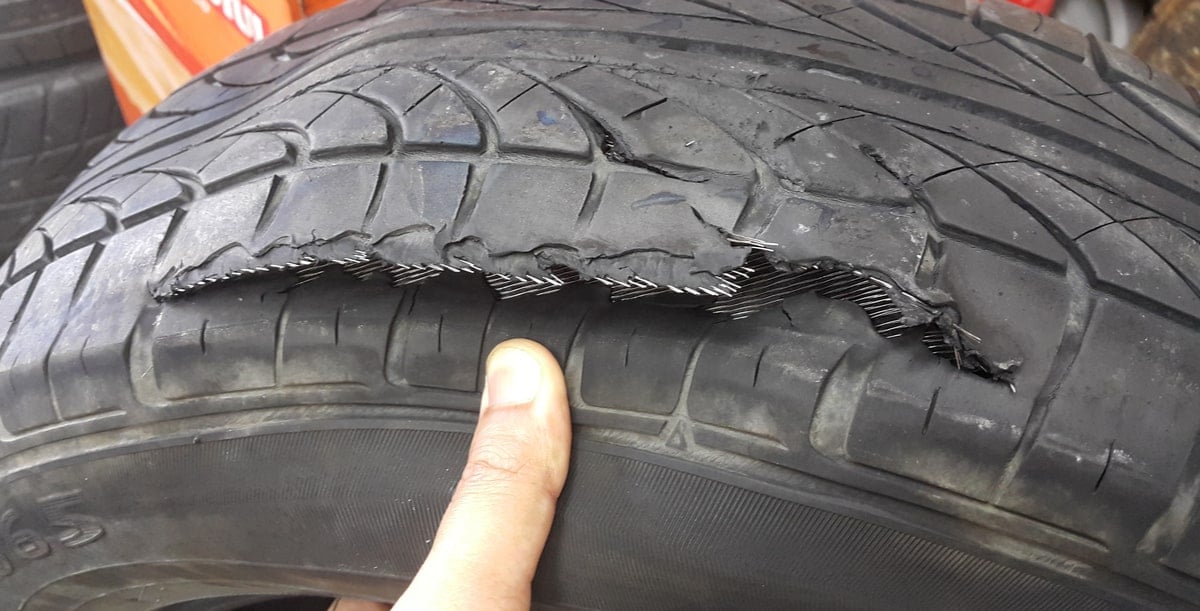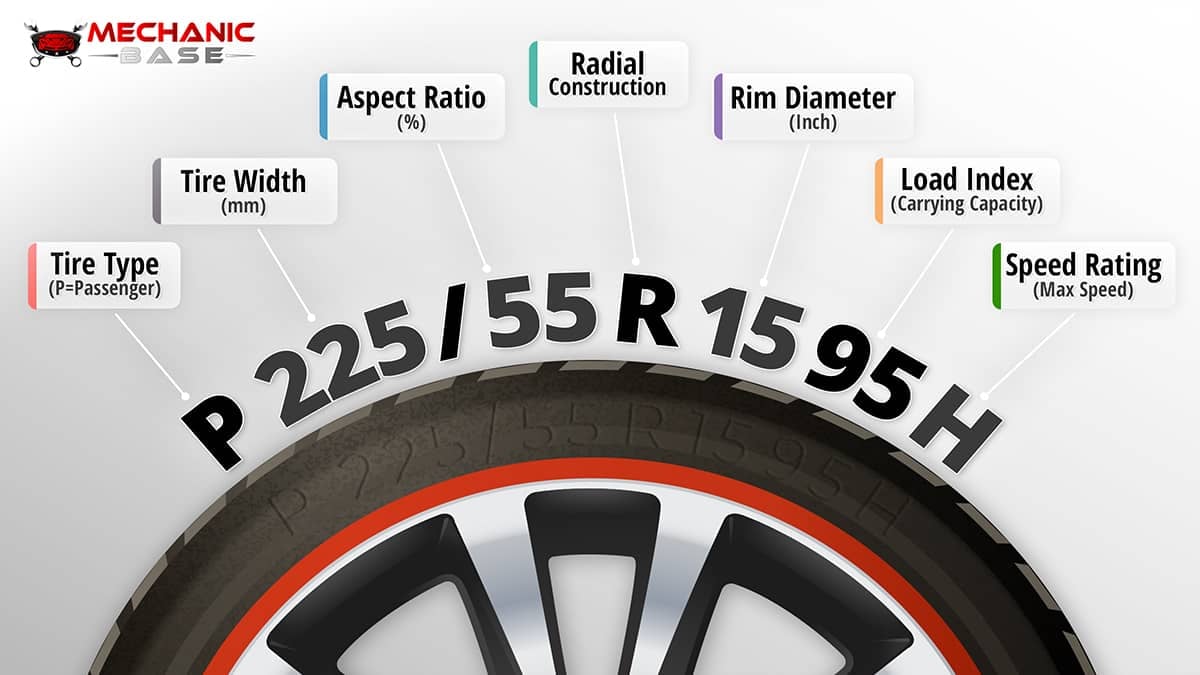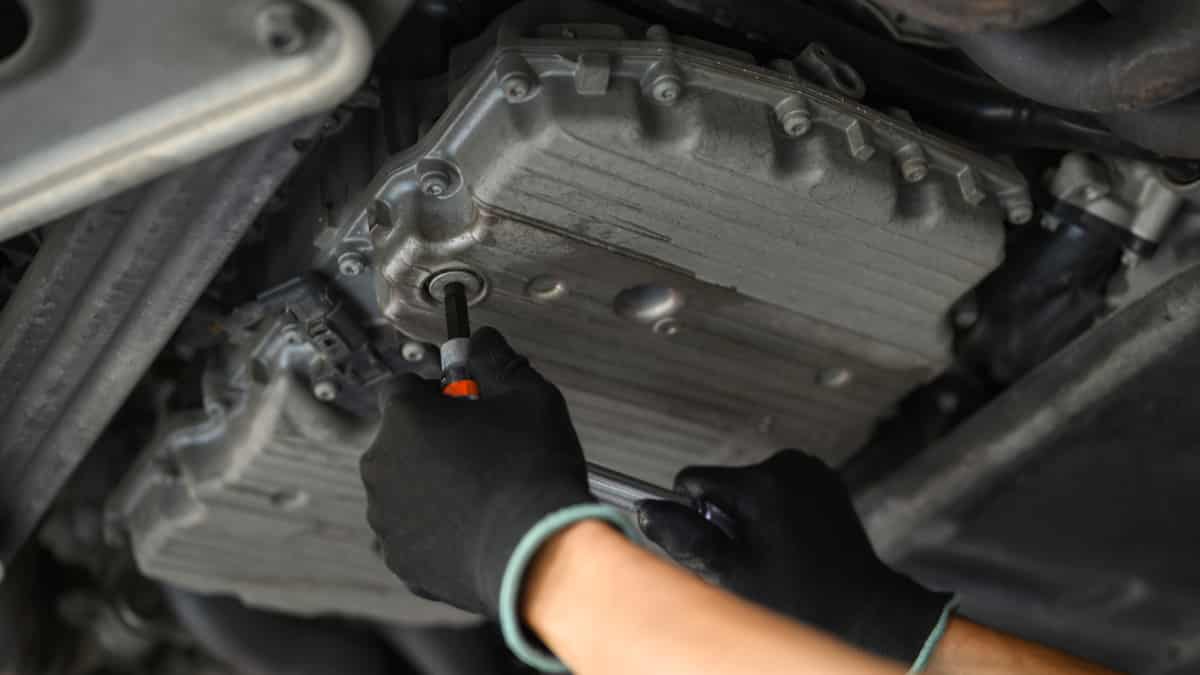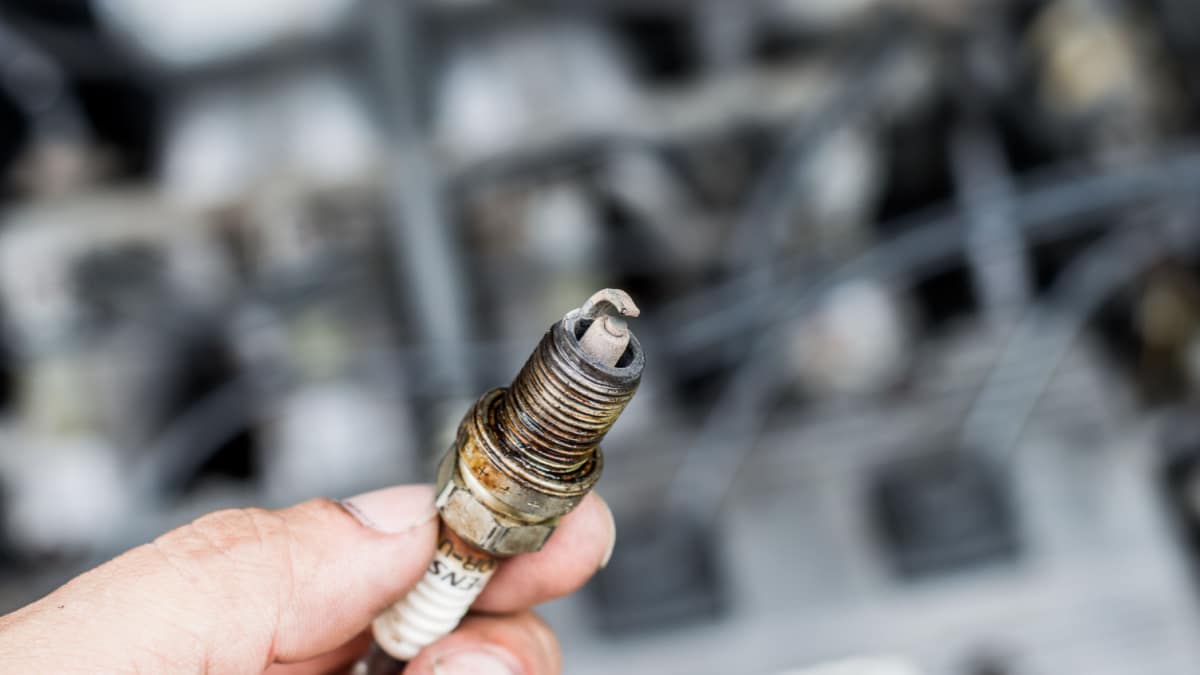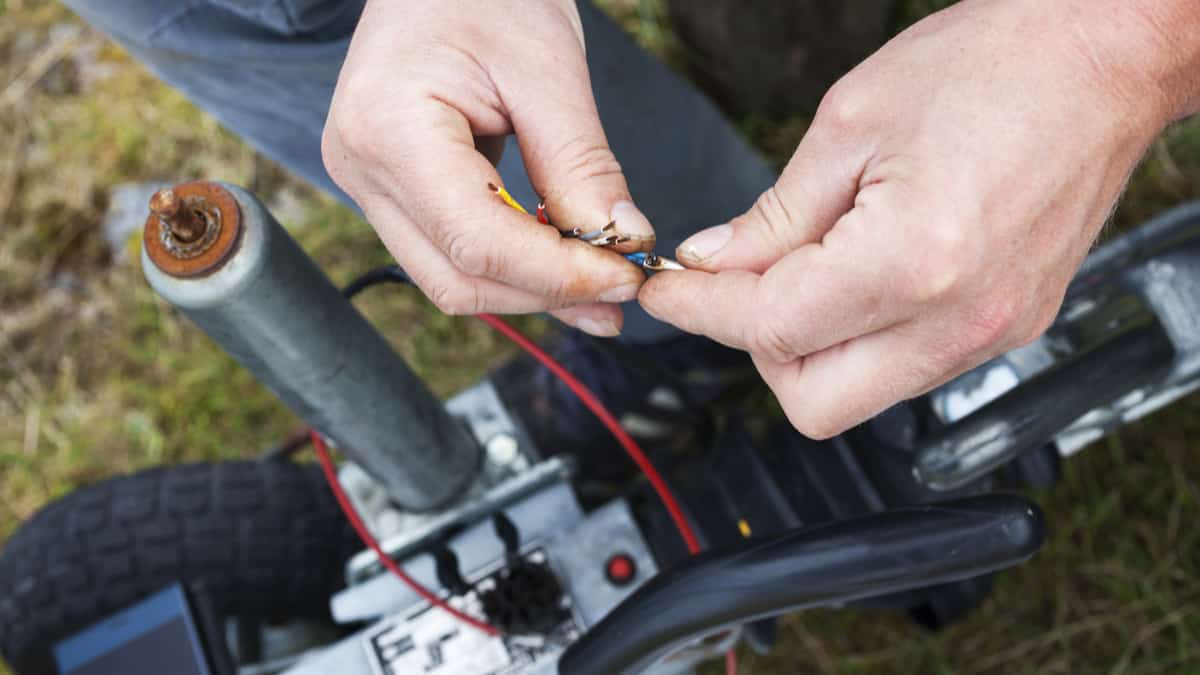No one wants to sit on the side of the road with a flat tire, but it happens. Because you want to get back on the road for as little money as possible, you might be evaluating your repair options. This might bring you to ask – can you patch a hole in the sidewall of a tire?
While a lot of tire punctures can be repaired, there are some that shouldn’t be attempted. In this guide, I talk about when you should and shouldn’t repair a tire. I also look at whether a patch is a better tire repair option than a plug.
Can You Patch a Hole in the Sidewall of a Tire?
No. If there is a leak or hole in the sidewall, you should not consider patching or plugging it. Sidewall repair should not be attempted because it can degrade the integrity of the tire, leaving you compromised on the road. Because the sidewall flexes, a repair is more likely to fail.
Your safety becomes more compromised when you start to travel at higher speeds or operate your vehicle at higher temperatures. A sidewall patch is susceptible to blowouts and leaks, which is why most reputable tire shops will not perform the repair.
The best solution to a damaged sidewall is always to replace the tire, even if it’s just a small nail. Yes, it will cost you more upfront, but what is the price that will be paid if you get into a deadly accident because of a tire blowout? There’s no comparison.
On the bright side, punctures to the sidewall are not nearly as common as tread damage, so it’s likely that your tire is repairable. If you are unsure whether a tire should be repaired or not, it’s best to have a professional tire shop take a look at it.
READ MORE: What is a Tire Sidewall Damage (& When to Replace the Tire?)
What is a Tire Patch?
The tire patch is a piece of rubber that contains an adhesive backing. This adhesive side sticks to the inside of the tire, creating a seal around the puncture.
Tire puncture repair is also done with tire plugs. These plugs are a strip of material that gets coated with a rubber compound before it is put inside the hole. This plug will seal to the inside of the tire, stopping air from seeping out of the tire.
The tire patch is normally stronger and more reliable than the tire plug. However, it does take more work to apply a tire patch than it does a plug. Many tire shops use a hybridized tire plug and patch design that incorporates both for better repair.
RELATED: Are Tire Plugs or Tire Patches Better?
What Causes a Hole in the Tire Sidewall?
1. Impact
The main reason for damage to the tire sidewall is because of impact. We’ve all been guilty of running into a curb or scraping against it, both of which can cause a puncture.
However, other impacts are to blame as well. Whether you hit a pothole too hard or a piece of debris flies up into the sidewall, all of these instances can lead to a puncture. On top of that, you can end up with a punctured tire after a car accident, which is why you want to do an in-depth inspection of the vehicle after any impact.
2. Improper Inflation
For the tire to hold the weight of your vehicle, it must be properly inflated. If the tire is underinflated, it won’t have the air pressure needed to hold the vehicle’s weight. However, the opposite is also a problem. When the tire pressure is too high, it puts an excessive amount of pressure on the sidewall, possibly causing a blowout or puncture because of the stress.
Find the appropriate psi for your car tires on the label inside the driver’s side door jamb. If you still aren’t sure, it’s best to ask for guidance from your local tire shop. Many of these locations will perform regular air pressure testing for free to regular customers.
RELATED: How to Find the Correct Tire Pressure For Your Car (4 Steps)
3. Old Age
Tires that sit unused are susceptible to tire dry rot. This occurs even more frequently when the tires sit in the sunlight.
Additionally, old age in general can cause a tire to degrade. If the tire has been around for more than ten years, it might be time to consider replacing them. It’s best to start inspecting the tires more regularly once they reach five years old.
4. Overloading
Your car tires are only meant to have a certain amount of weight on them. You can find this information found in the owner’s manual or on the driver’s side door jamb.
If you exceed this weight, it can cause too much pressure on the tires. This added weight leads to a breakdown of the tire sidewall and tread, causing a puncture or blowout.
5. Defects
There’s always the chance that the tires were put on the vehicle with manufacturer defects. While this isn’t common, it has happened.
To prevent this, you want to be careful about what tires you install on your car. It’s tempting to put the cheapest tires possible on your car, especially when money is tight. However, the savings will mean nothing if the tires fail you and cause an accident.
When Can a Tire be Repaired?
For a tire puncture to be repaired, it must meet certain criteria. While some people will attempt to repair punctures in other circumstances, it’s not always recommended. Reputable tire shops will only patch or plug a tire that matches these criteria:
- Puncture occurs in the tread area. The puncture cannot be in the sidewall part of the tire. In fact, the puncture must be 1” from the sidewall to be safely repaired.
- Puncture is ¼” or smaller in diameter. Anything larger than this is not repairable.
- The angle of the puncture is 45 degrees or more.
- There’s not an overlapping repair to the new puncture.
- The tire wasn’t driven without air, causing sidewall damage.
If all of these requirements can’t be met, there should be no repair. Instead, a tire replacement would be the only safe option. Depending on the condition of your other tires, you might need to replace more than one to keep things uniform. However, if these requirements are met, you can repair it. Follow the advice of most professional tire shops and use a patch-plug kit for the best results.
How Long Does a Tire Repair Last?
If you use a tire plug, it might last seven to ten years when care is taken and the repair is done properly. It’s designed to last a minimum of 25,000 miles. However, for the plug to be successful there must be a proper seal between the material and the tire tread.
Patches could last a little longer and are generally seen as the more reliable option. It could last the life of the tire as long as the repair is performed properly. If you get the patch installed at a shady shop or it’s done in a place where it doesn’t belong, it could fail prematurely, leaving you with bigger troubles.
Ideally, you would combine the two for the best fix. Use a plug and patch for maximum protection.
RELATED: How Much Does It Cost To Get a Tire Patched?
Categories: Tires
